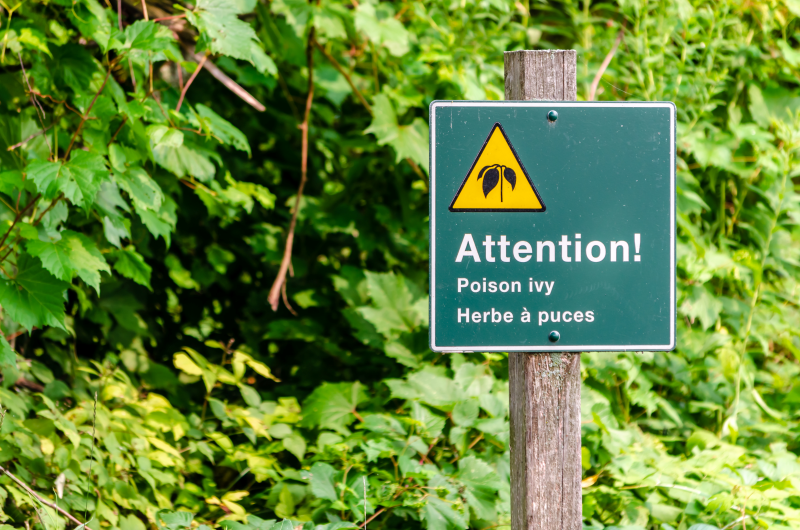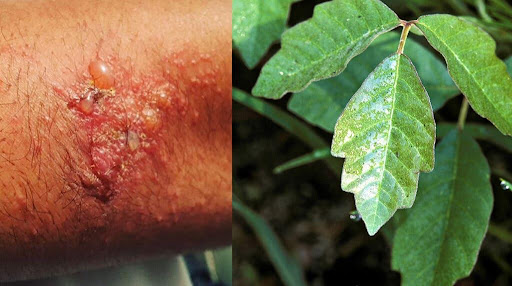Discover Poison Oak Rash Symptoms and Remedies with Umedoc

What does a poison oak rash look like?
Poison oak rashes look identical to poison ivy rashes because they both produce the same kind of oil, called urushiol, that many people are allergic to. It is contact with this oil that produces the itchy rash. There is no way to tell the difference between the rash unless you know whether it was a poison ivy or poison oak plant you came in contact with. Poison ivy is a plant where each leaf has 3 leaflets and can be found as a bush or a vine. Poison oak is similar in that each leaf has 3 leaflets, but the tips of the leaves are rounded and underneath the leaf is fuzzy and lighter. It is also found as a shrub or a vine.
The rash from urushiol breaks out where you came in contact with it on your body. It typically appears as red itchy bumps but can rarely appear as black spots or streaks. It can also be red and swollen or cause blisters.

The allergic reaction usually appears in stages, peaking within 14 days of being exposed to the plant. It typically develops the following way:
- Intense itching
- The rash will appear where you were previously itching and may even blister
- Blisters full of fluid will break open and leak
- The open blisters will crust over and continue to itch
It typically resolves within a week or two.
A poison oak rash cannot be spread to others by simply touching someone else. They must be in contact with the oil from the plant; however, it is common for the oil to linger on clothing and other items so that may be an easy way for the rash to spread to those around you.
Be careful not to scratch the rash because this can cause the open blisters to develop an infection, prolonging time to heal.
Read more about this article here!
Summary:
- Poison oak rashes resemble poison ivy rashes due to the shared allergenic oil, urushiol.
- Differentiating between the two rashes requires knowledge of the plant encountered.
- Poison ivy has three-leaflet leaves and can be bush or vine-like, while poison oak has rounded leaf tips and fuzzy, lighter undersides, also appearing as a shrub or vine.
- Contact with urushiol results in a red, itchy rash, occasionally with black spots or blisters, and swelling.
- The allergic reaction progresses in stages, peaking within 14 days, with intense itching, rash, blisters, and eventual healing.
- The rash doesn’t spread from person to person but can linger on clothing and objects, potentially transmitting to others.
- Avoid scratching the rash to prevent infection and expedite the healing process.

This article reviewed by Dr. Jim Liu, MD and Ms. Deb Dooley, APRN.
There’s nothing more important than our good health – that’s our principal capital asset.
#medical #telehealth #umedoc






